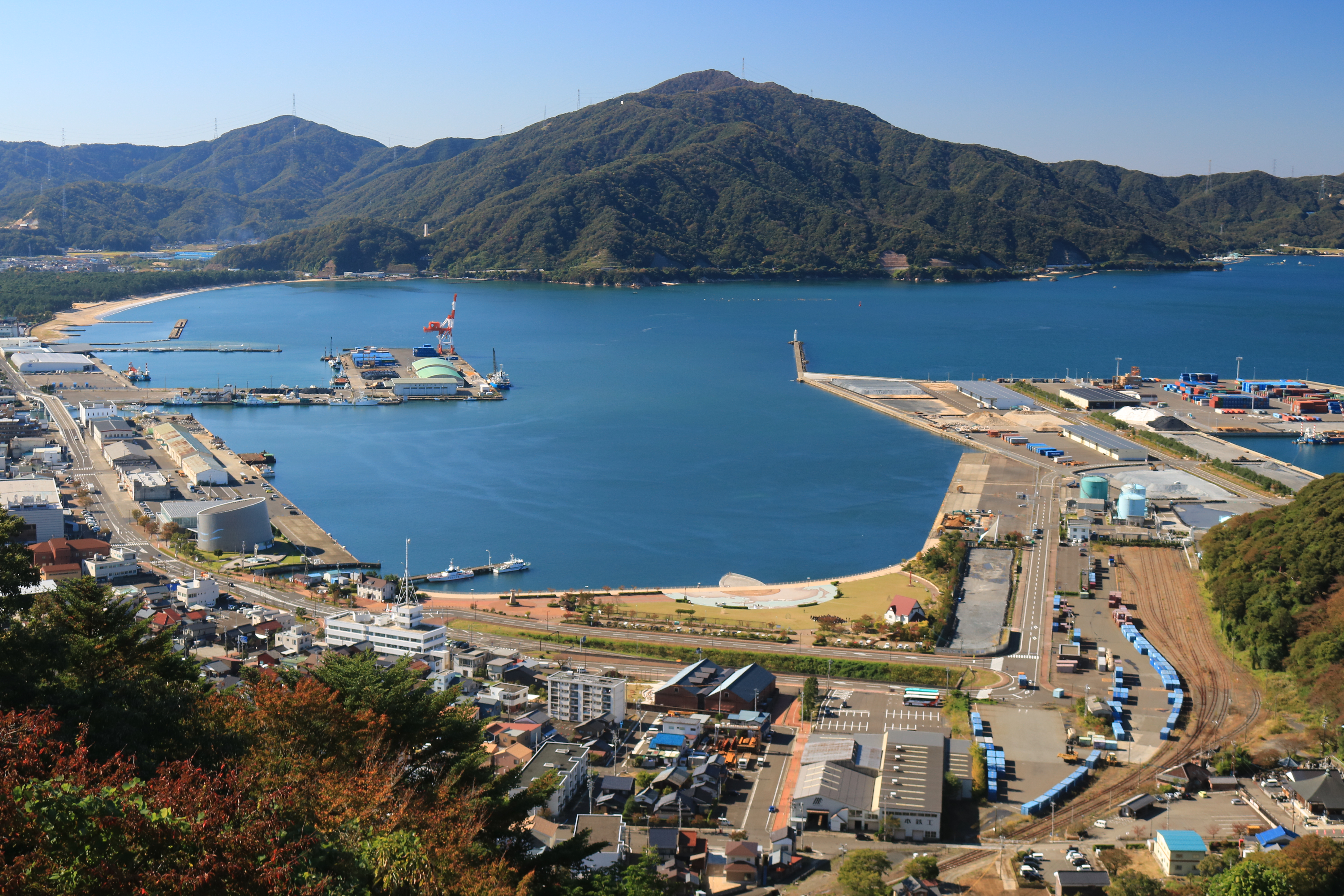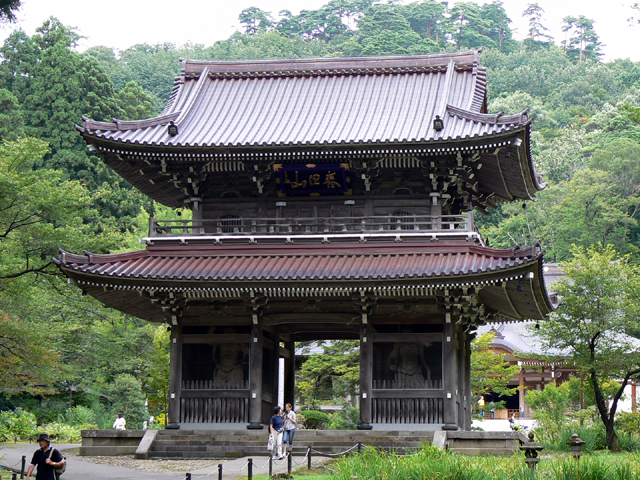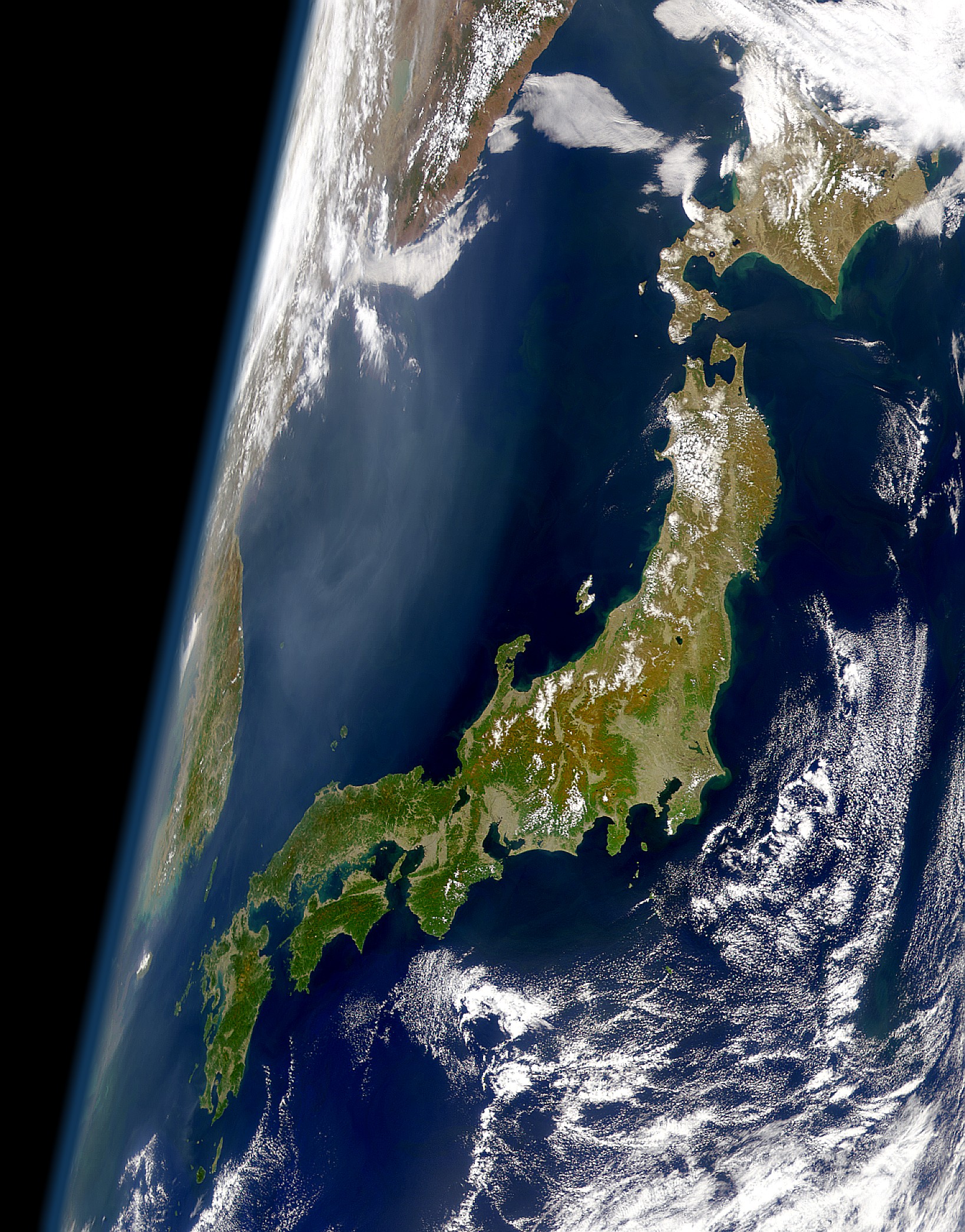|
Abronica Purpureoanulata
''Abronica purpureoanulata'' is a species of sea slug, an aeolid nudibranch, a marine gastropod mollusc in the family Fionidae.MolluscaBase (2018). Abronica purpureoanulata (Baba, 1961). Accessed through: World Register of Marine Species at: http://www.marinespecies.org/aphia.php?p=taxdetails&id=1036951 on 2019-01-16 Distribution This species was described from Seto Marine Biological Laboratory, Kii Peninsula and Tannowa, Osaka Bay, south coast of Honshu, Japan. It has also been reported from Hayama, Sagami Bay; Mukaishima, Seto Inland Sea; Awashima, Niigata Prefecture; Mera, Fukui Prefecture and Tsuruga Bay. As well as these localities in Japan it has been found in Hong Kong Hong Kong ( (US) or (UK); , ), officially the Hong Kong Special Administrative Region of the People's Republic of China (abbr. Hong Kong SAR or HKSAR), is a city and special administrative region of China on the eastern Pearl River Delta i ....Rudman, W.B., 2001 (July 30''Cuthona purpureoanu ... [...More Info...] [...Related Items...] OR: [Wikipedia] [Google] [Baidu] |
Kikutaro Baba
was a Japanese malacologist. He was the leading researcher on sea slugs and bubble snails, opisthobranch gastropod mollusks in Japan. Biography * 1932–1941 Kyushu University * 1948–1949 Osaka Kyoiku University * 1976 – Order of the Rising Sun Kikutaro Baba was married to Sonoko Baba. He died of pneumonia in hospital in Japan on 30 November 2001.(January 2002) nudibranch NEWVol.4 No.04: 44/ref> Species Species described by Kikutaro Baba include: * ''Aglaja orientalis'' Baba, 1949 * ''Aldisa cooperi'' Robilliard & Baba, 1972 * ''Antonietta janthina'' Baba & Hamatani, 1977 * ''Aplysia kurodai'' Baba, 1937 * ''Aplysia sagamiana'' Baba, 1949 * ''Aplysiopsis minor'' (Baba, 1959) * ''Aplysiopsis nigra'' (Baba, 1949) * ''Aplysiopsis orientalis'' Baba, 1949 * ''Armina magna'' Baba, 1955 * ''Bornella japonica'' Baba, 1949 * ''Cadlina japonica'' Baba, 1937 * ''Cadlina sagamiensis'' Baba, 1937 * ''Carminodoris bifurcata'' Baba, 1993 * ''Chelidonura fulvipunctata'' Baba, 1938 * ... [...More Info...] [...Related Items...] OR: [Wikipedia] [Google] [Baidu] |
Japan
Japan ( ja, 日本, or , and formally , ''Nihonkoku'') is an island country in East Asia. It is situated in the northwest Pacific Ocean, and is bordered on the west by the Sea of Japan, while extending from the Sea of Okhotsk in the north toward the East China Sea, Philippine Sea, and Taiwan in the south. Japan is a part of the Ring of Fire, and spans an archipelago of 6852 islands covering ; the five main islands are Hokkaido, Honshu (the "mainland"), Shikoku, Kyushu, and Okinawa. Tokyo is the nation's capital and largest city, followed by Yokohama, Osaka, Nagoya, Sapporo, Fukuoka, Kobe, and Kyoto. Japan is the eleventh most populous country in the world, as well as one of the most densely populated and urbanized. About three-fourths of the country's terrain is mountainous, concentrating its population of 123.2 million on narrow coastal plains. Japan is divided into 47 administrative prefectures and eight traditional regions. The Greater Tokyo Ar ... [...More Info...] [...Related Items...] OR: [Wikipedia] [Google] [Baidu] |
Hong Kong
Hong Kong ( (US) or (UK); , ), officially the Hong Kong Special Administrative Region of the People's Republic of China (abbr. Hong Kong SAR or HKSAR), is a city and special administrative region of China on the eastern Pearl River Delta in South China. With 7.5 million residents of various nationalities in a territory, Hong Kong is one of the most densely populated places in the world. Hong Kong is also a major global financial centre and one of the most developed cities in the world. Hong Kong was established as a colony of the British Empire after the Qing Empire ceded Hong Kong Island from Xin'an County at the end of the First Opium War in 1841 then again in 1842.. The colony expanded to the Kowloon Peninsula in 1860 after the Second Opium War and was further extended when Britain obtained a 99-year lease of the New Territories in 1898... British Hong Kong was occupied by Imperial Japan from 1941 to 1945 during World War II; British administration resumed afte ... [...More Info...] [...Related Items...] OR: [Wikipedia] [Google] [Baidu] |
Tsuruga, Fukui
is a city located in Fukui Prefecture, Japan. , the city had an estimated population of 66,123 in 28,604 households and the population density of 260 persons per km2. The total area of the city was . Geography Tsuruga is located in central Fukui Prefecture, bordered by Shiga Prefecture to the south and Wakasa Bay of the Sea of Japan to the north. Tsuruga lies some 50 km south of Fukui, 90 km northwest of Nagoya, 40 km northwest of Maibara, 115 km northeast of Osaka, 75 km northeast of Kyoto, and 65 km east of Maizuru. Among cities on the Sea of Japan coast, Tsuruga is the nearest city to the Pacific Ocean. The distance between Tsuruga and Nagoya is only 115 km. Tsuruga and Nagoya are historically close to Shiga Prefecture and Kyoto. Neighbouring municipalities *Fukui Prefecture ** Echizen ** Mihama * Shiga Prefecture ** Takashima ** Nagahama Climate Tsuruga has a humid subtropical climate (Köppen climate classification ''Cfa'') wit ... [...More Info...] [...Related Items...] OR: [Wikipedia] [Google] [Baidu] |
Fukui Prefecture
is a prefecture of Japan located in the Chūbu region of Honshū. Fukui Prefecture has a population of 778,943 (1 June 2017) and has a geographic area of 4,190 km2 (1,617 sq mi). Fukui Prefecture borders Ishikawa Prefecture to the north, Gifu Prefecture to the east, Shiga Prefecture to the south, and Kyoto Prefecture to the southwest. Fukui is the capital and largest city of Fukui Prefecture, with other major cities including Sakai, Echizen, and Sabae. Fukui Prefecture is located on the Sea of Japan coast and is part of the historic Hokuriku region of Japan. The Matsudaira clan, a powerful ''samurai'' clan during the Edo period that became a component of the Japanese nobility after the Meiji Restoration, was headquartered at Fukui Castle on the site of the modern prefectural offices. Fukui Prefecture is home to the Kitadani Formation, the Ichijōdani Asakura Family Historic Ruins, and the Tōjinbō cliff range. Prehistory The Kitadani Dinosaur Quarry, on the ... [...More Info...] [...Related Items...] OR: [Wikipedia] [Google] [Baidu] |
Niigata Prefecture
is a prefecture in the Chūbu region of Honshu of Japan. Niigata Prefecture has a population of 2,227,496 (1 July 2019) and is the fifth-largest prefecture of Japan by geographic area at . Niigata Prefecture borders Toyama Prefecture and Nagano Prefecture to the southwest, Gunma Prefecture to the south, Fukushima Prefecture to the east, and Yamagata Prefecture to the northeast. Niigata is the capital and largest city of Niigata Prefecture, with other major cities including Nagaoka, Jōetsu, and Sanjō. Niigata Prefecture contains the Niigata Major Metropolitan Area centered on Niigata with a population of 1,395,612, the largest metropolitan area on the Sea of Japan coast and the twelfth-largest in Japan. Niigata Prefecture is part of the historic Hokuriku region and features Sado Island, the sixth largest island of Japan in area following the four main islands and Okinawa Island. History Until after the Meiji Restoration, the area that is now Niigata Prefectu ... [...More Info...] [...Related Items...] OR: [Wikipedia] [Google] [Baidu] |
Awashimaura, Niigata
is a village located in Niigata Prefecture, Japan. , the village had an estimated population of 353, and a population density of 36.1 persons per km. The total area of the village is . Geography The village is located on Awashima Island, located in the Sea of Japan off the coast of Murakami, Niigata, to which it is connected by ferry. Climate Awashimaura has a Humid climate (Köppen ''Cfa'') characterized by warm, wet summers and cold winters with heavy snowfall. The average annual temperature in Awashimaura is 12.0 °C. The average annual rainfall is 2059 mm with September as the wettest month. The temperatures are highest on average in August, at around 25.1 °C, and lowest in January, at around 0.5 °C. Demographics Per Japanese census data, the population of Awashimaura has declined steadily over the past 50 years. History The island of Awashima has been inhabited since prehistoric times, and fragments of Jōmon period pottery have been found. The ... [...More Info...] [...Related Items...] OR: [Wikipedia] [Google] [Baidu] |
Seto Inland Sea
The , sometimes shortened to the Inland Sea, is the body of water separating Honshū, Shikoku, and Kyūshū, three of the four main islands of Japan. It serves as a waterway connecting the Pacific Ocean to the Sea of Japan. It connects to Osaka Bay and provides a sea transport link to industrial centers in the Kansai region, including Osaka and Kobe. Before the construction of the San'yō Main Line, it was the main transportation link between Kansai and Kyūshū. Yamaguchi, Hiroshima, Okayama, Hyōgo, Osaka, Wakayama, Kagawa, Ehime, Tokushima, Fukuoka, and Ōita prefectures have coastlines on the Seto Inland Sea; the cities of Hiroshima, Iwakuni, Takamatsu, and Matsuyama are also located on it. The Setouchi region encompasses the sea and surrounding coastal areas. The region is known for its moderate climate, with a stable year-round temperature and relatively low rainfall levels. The sea is famous for its periodic caused by dense groupings of certain phytopl ... [...More Info...] [...Related Items...] OR: [Wikipedia] [Google] [Baidu] |
Sagami Bay
lies south of Kanagawa Prefecture in Honshu, central Japan, contained within the scope of the Miura Peninsula, in Kanagawa, to the east, the Izu Peninsula, in Shizuoka Prefecture, to the west, and the Shōnan coastline to the north, while the island of Izu Ōshima marks the southern extent of the bay. It lies approximately southwest of the capital, Tokyo. Cities on the bay include Odawara, Chigasaki, Fujisawa, Hiratsuka, Itō, and Kamakura. History The center of the Great Kantō earthquake in 1923 was deep beneath Izu Ōshima Island in Sagami Bay. It devastated Tokyo, the port city of Yokohama, and the surrounding prefectures of Chiba, Kanagawa, and Shizuoka, and caused widespread damage throughout the Kantō region. The shallow nature of the seabed on the north of the bay, and the funnelling effect of tsunami and typhoon wave energy, contributed to certain parts of the Shonan coast having suffered considerable damage, including the destruction of the Kō ... [...More Info...] [...Related Items...] OR: [Wikipedia] [Google] [Baidu] |
Hayama
260px, Morito Beach is a town located in Kanagawa Prefecture, on central Honshū, Japan. , the town had an estimated population of 32,961 and a population density of 1900 persons per km². The total area of the town is . Since 1894, the Japanese Imperial Family has maintained a residence in Hayama, the seaside Hayama Imperial Villa. Geography Hayama is located at the northern end of Miura Peninsula, facing Sagami Bay on the Pacific Ocean. Geographically, it is often cited as the easternmost point of the Shōnan region. Surrounding municipalities Kanagawa Prefecture *Zushi *Yokosuka Climate Hayama has a Humid subtropical climate (Köppen ''Cfa'') characterized by warm summers and cool winters with light to no snowfall. The average annual temperature in Hayama is 15.8 °C. The average annual rainfall is 1872 mm with September as the wettest month. The temperatures are highest on average in August, at around 24.6 °C, and lowest in January, at around 6.4 ° ... [...More Info...] [...Related Items...] OR: [Wikipedia] [Google] [Baidu] |
Honshu
, historically called , is the largest and most populous island of Japan. It is located south of Hokkaidō across the Tsugaru Strait, north of Shikoku across the Inland Sea, and northeast of Kyūshū across the Kanmon Straits. The island separates the Sea of Japan, which lies to its north and west, from the North Pacific Ocean to the south and east. It is the seventh-largest island in the world, and the second-most populous after the Indonesian island of Java. Honshu had a population of 104 million , constituting 81.3% of the entire population of Japan, and is mostly concentrated in the coastal areas and plains. Approximately 30% of the total population resides in the Greater Tokyo Area on the Kantō Plain. As the historical center of Japanese cultural and political power, the island includes several past Japanese capitals, including Kyōto, Nara and Kamakura. Much of the island's southern shore forms part of the Taiheiyō Belt, a megalopolis that spans several o ... [...More Info...] [...Related Items...] OR: [Wikipedia] [Google] [Baidu] |





